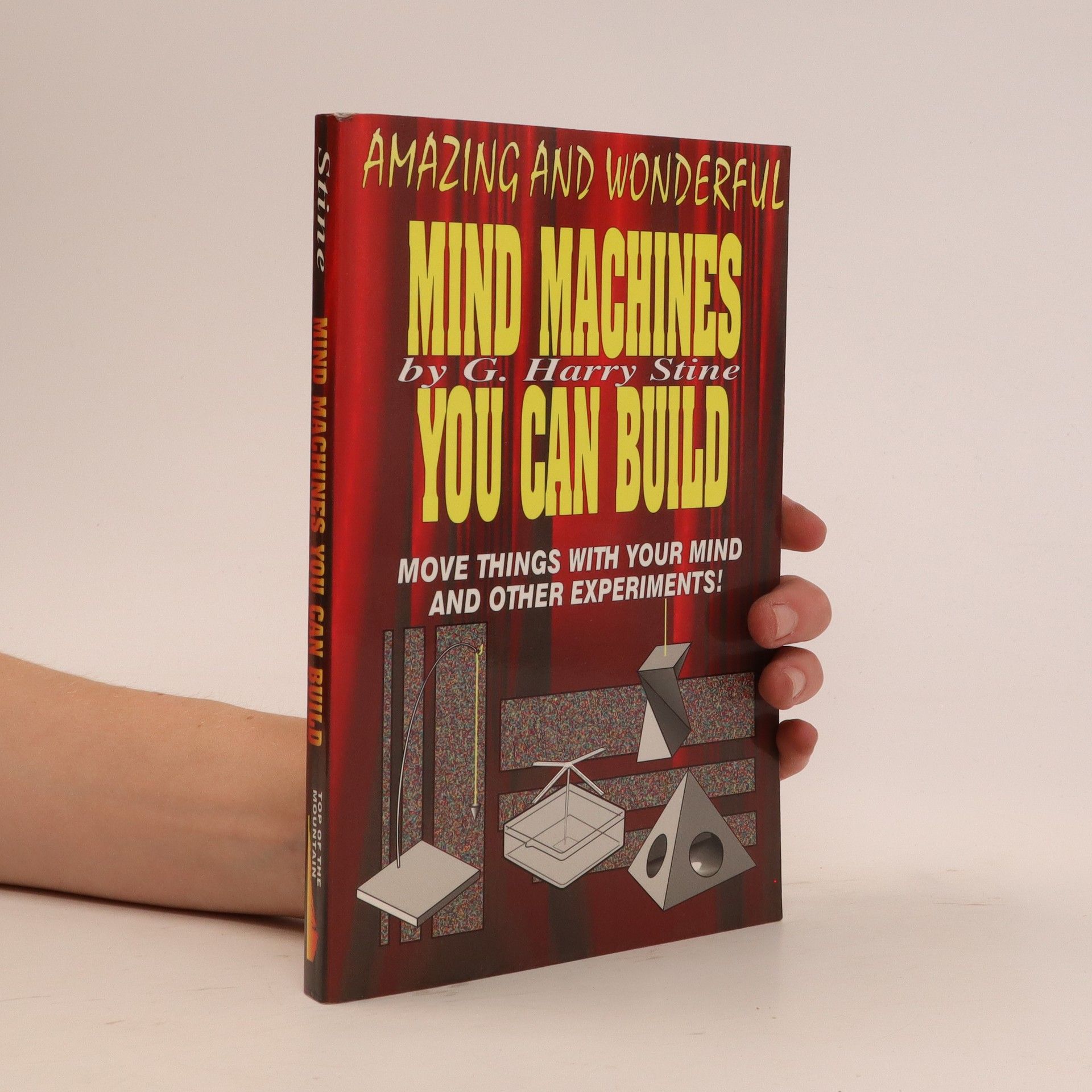G. Harry Stine Bücher
G. Harry Stine war für seine Beiträge zur Wissenschaftsschreibung bekannt und tauchte in die Feinheiten von Wissenschaft und Technologie ein. Seine Arbeit untersuchte oft die Auswirkungen wissenschaftlicher Entdeckungen auf die Gesellschaft und die menschliche Vorstellungskraft. Stine nutzte sein Fachwissen, um Erzählungen zu verfassen, die sowohl fesselnd als auch zum Nachdenken anregend waren und ihm eine treue Anhängerschaft in der Science-Fiction-Community einbrachten. Seine Darstellungen der Wissenschaft waren fundiert und oft vorausschauend auf zukünftige technologische Fortschritte.




Shuttle Down
- 216 Seiten
- 8 Lesestunden
"Space Shuttle Atlantis launches on a polar orbit flight from Vandenberg Air Force Base in Southern California. During the launch, the main engines cut off prematurely and the shuttle is forced to make an emergency landing on Rapa Nui, better known to most of the world as Easter Island. Landing is just the start of the problems for NASA, who now have to deal with the immense technological challenge of getting the shuttle back home, as well as many political problems."--Goodreads
Amazing and Wonderful Mind Machines You Can Build
- 208 Seiten
- 8 Lesestunden
From the back How would you like to move things with your mind? You can--with the Energy Wheel--using instructions in this book! While these "impossible" Mind Machines are easy to build, and by all scientific standards should not work . . . they do. In some cases they seem to amplify our mind power. And the fun part is, most of these amazing Mind Machine can be easily build from things you have around the house. Comparisons help you to understand and use these centuries-old items, like dowsing rods, pendulums, and pyramids. There is exploration of Psychokinesis. Learn how to detect a friend's illness living miles away with the Hieronymus Machine, and how to seemingly amplify your mind power to make things happen with the unbelievable Wishing Machine. Science still doesn't know why some of the machines work. Gene Roddenberry--Creator of Star Trek says, "A vastly entertaining book. Certainly, one has to assume that our universe is bursting with scientific discoveries still to be made . . . here is much fun for all of us who refuse to believe that everything worthwhile has by now been discovered."
The citizens of the planet Mercan cannot conceive of worlds beyond their own. Their sun is prone to deadly radioactive flare-ups, and the Mercans have organized their life around the need to survive The Ordeal. All that might change, though, when a badly-damaged "EnterpriseTM arrives near Mercan, desperately in need of repairs. It's not an easy task, though, begging help from people who can hardly believe in your existence, and Kirk finds himself torn between the safety and survival of his crew and the Prime Directive, which dictates that he must leave the Mercans to live their lives in peace, and, therefore, in ignorance.